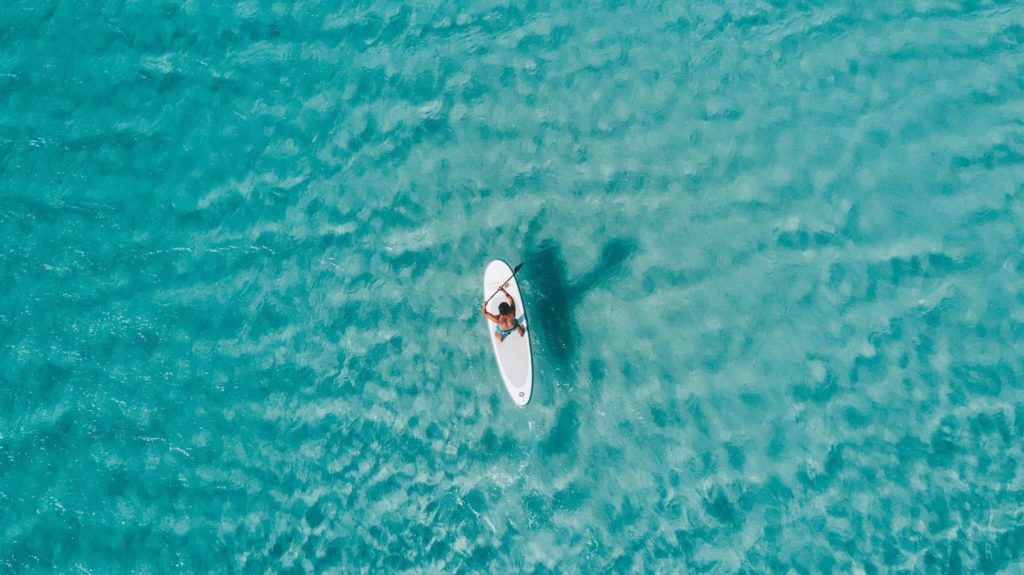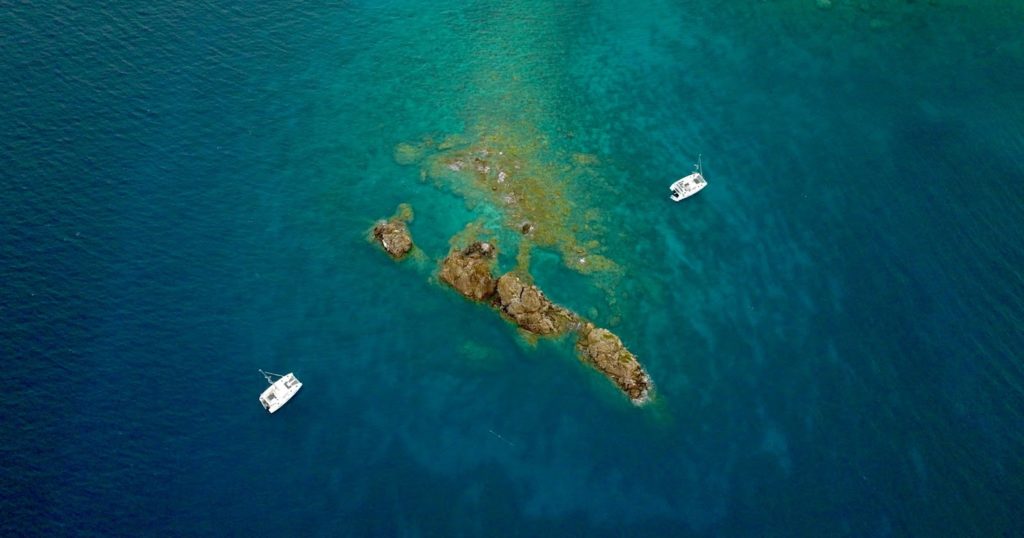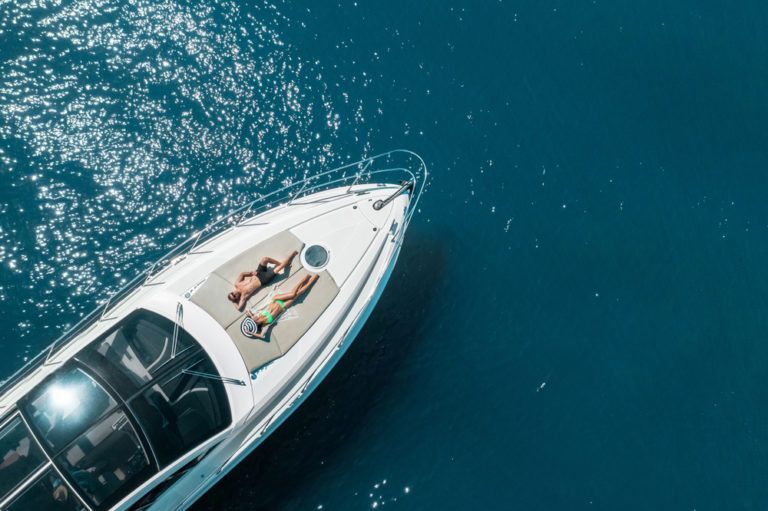Ready for the sailing adventure of a lifetime? The British Virgin Islands (BVI) are a sailor’s paradise, with over 60 stunning islands and cays, world-class snorkelling, and steady winds. This guide will show you when to go, where to sail, and what to explore. Start planning your BVI sailing trip today and book your charter for an unforgettable experience.
Top Sailing Destinations in the British Virgin Islands
- Tortola
Tortola is the largest and most populated island in the BVIs, home to the capital Road Town. With pristine beaches and vibrant nightlife, this island is a must-visit. Don’t miss:
- Smuggler’s Cove and Long Bay are popular beaches on the north shore.
- Cane Garden Bay is perfect for an overnight anchorage with beachfront bars and live music.
Read our ultimate destination guide on Tortola and discover more hidden gems.
- Virgin Gorda
Famous for The Baths National Park, Virgin Gorda offers surreal boulder formations, hidden pools, and scenic beach views. Moor at Virgin Gorda Yacht Harbour for easy access.
- Anegada
Anegada is unlike any other island in the BVI, known for its secluded beaches and delicious Anegada lobster. Explore Loblolly Bay for top-notch snorkelling and spot flamingos in their natural habitat.
- Jost Van Dyke
Looking for a laid-back vibe? Jost Van Dyke is famous for its beach bars and easy-going atmosphere. Grab a Painkiller cocktail at the iconic Soggy Dollar Bar or join the island’s Full Moon Party for a night of fun.
- Norman Island
Ideal for adventurers, Norman Island is home to the Caves, perfect for snorkelling. Explore the underwater wonders at Rhone Marine Park, where you can dive to the famous wreck of the RMS Rhone.
What to do in the BVIs:

Snorkelling and Diving
The BVI is a diver’s paradise, offering easy access to stunning coral reefs, underwater caves, and shipwrecks. Rhone Marine Park is a prime location for both snorkelers and divers, offering the unique opportunity to explore a sunken steamer.
Fishing
Love fishing? Anegada is a prime spot for catching bonefish and tarpon, but remember – you’ll need a fishing permit!
Exploring Beaches
Find your slice of paradise. From the hidden coves of Smuggler’s Cove to the unspoiled white sands of Savanna Bay, the BVI’s beaches are second to none. Which one will you explore first?
Savour the Local Cuisine
Make sure to try Anegada lobster, freshly caught and grilled. Other must-try dishes include conch fritters at Big Bamboo in Loblolly Bay and rum smoothies at Reef Hotel.
Best Time to Sail in the BVIs
The best time to sail the BVI is from December to May, when the weather is sunny, and the trade winds are steady. During this time, temperatures range from 77°F to 82°F (25°C-28°C).
- December and January: Christmas winds can pick up providing great sailing conditions but also more challenging waters.
- January to May: Ideal sailing conditions continue, with consistent trade winds, mild seas, and pleasant temperatures—perfect for a smooth sailing experience.
- June to October: Hurricane season (be cautious and keep an eye on weather forecasts).
- August and September: Low season—while the seas are calm and the islands are less crowded, hurricane risks are higher.
Sailing Conditions in the BVIs
The sailing conditions in the BVI are generally excellent, making it a world-renowned sailing destination. Gentle, steady winds blow from the east resulting in calm seas between 1-1.2 meters. Most destinations are within line-of-sight, making it perfect for a relaxing skippered vacation.
Thinking about your next stop? Check out our Itineraries for the BVI and Caribbean.

Practical Information for Sailing the BVIs
Entry Ports and Customs
You’ll need to clear customs at ports like Road Town (Tortola) or Spanish Town (Virgin Gorda). Be sure to have your valid passports and permits ready upon arrival.
Sailing Permits and Mooring
A cruising permit is mandatory, as well as a National Marine Park permit if you plan to visit protected areas. Don’t forget about daily mooring fees in National Parks.
For detailed sailing tips, contact our destination experts for more information.
FAQ: Everything you need to Know
Where are the British Virgin Islands located?
The British Virgin Islands are located in the Caribbean, east of Puerto Rico and just northeast of the USVI’s, forming part of the Leeward Islands of the Lesser Antilles. Latitude: 18.4207° N Longitude: 64.6400° W.
How can I get to the British Virgin Islands from the US?
Fly into Lettsome International Airport (EIS) in Tortola or take a ferry from St. Thomas.
What language is spoken in the British Virgin Islands?
The language spoken in the BVI is English.
What is the currency for the British Virgin Islands?
The currency in the BVI is the US Dollar (USD).
What are the customs regulations for the British Virgin Islands?
When you leave or return to the BVI by private or charter boat, customs and immigration clearance at your entry port is mandatory. There are customs offices for clearing in and out at Road Town and West End on Tortola, Spanish Town, Virgin Gorda, and Jost Van Dyke.
What regulations are there?
Night sailing is not allowed without authorization of the base manager. A cruising permit and National Marine Park permit are mandatory. Mooring buoys from the National Park are for daily use only.
A fishing permit is required to fish in the BVI. Visit the government website for details.
Please note that due to regulations enforced by the BVI authorities it is not allowed to take your charter boat from the British Virgin Islands to the US Virgin Islands (and vice versa).



